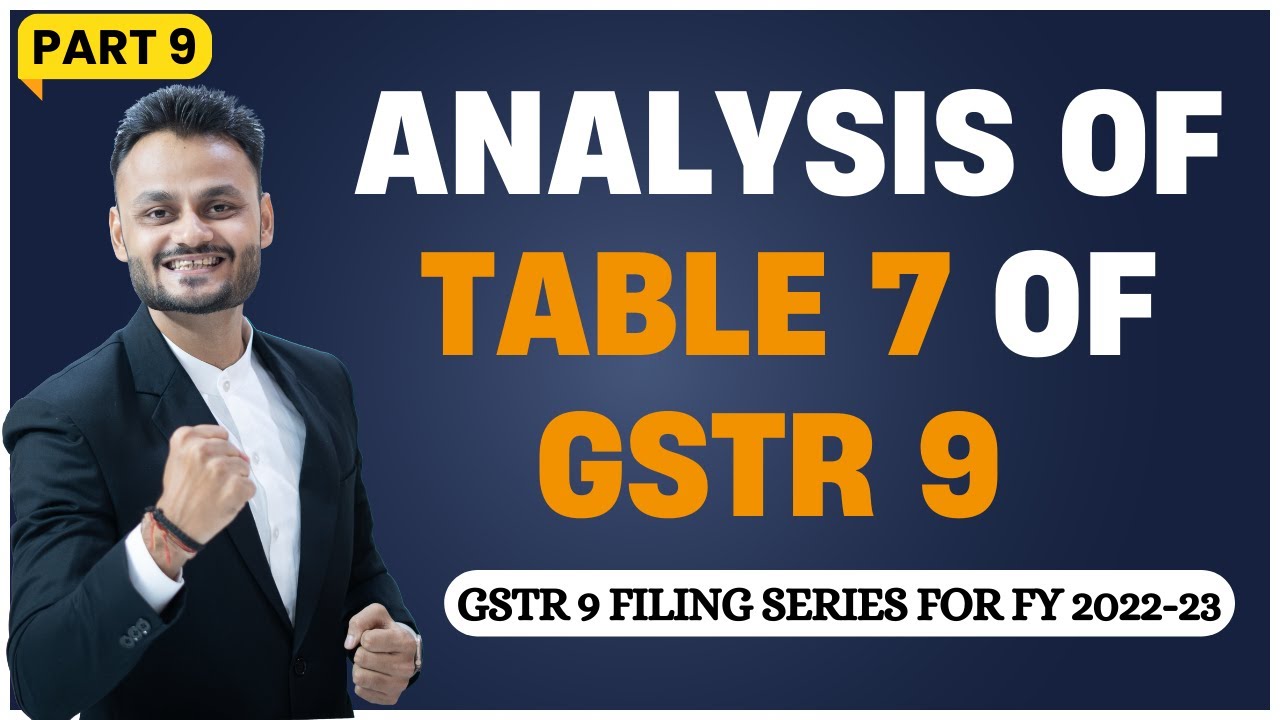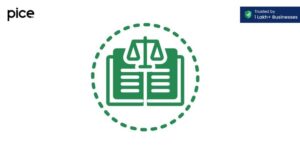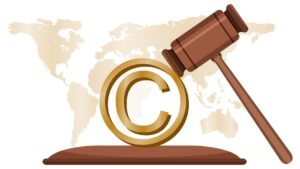What is the Process to Reverse ITC in GSTR 9?
- 26 Aug 24
- 9 mins
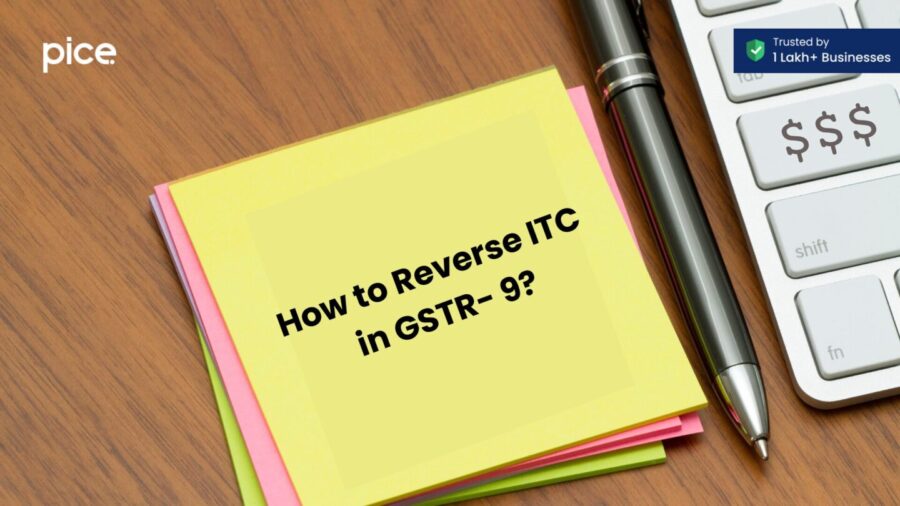
What is the Process to Reverse ITC in GSTR 9?
Key Takeaways
- Accurate ITC reversal in GSTR-9 ensures compliance and avoids financial penalties.
- Regular reconciliation of ITC with GSTR-2A and GSTR-3B minimizes discrepancies.
- Timely reporting of ITC reversals prevents interest and penalties from late adjustments.
- Maintaining detailed documentation and records is crucial for substantiating ITC claims and reversals.
- Understanding and adhering to the 180-day payment rule is vital for proper ITC management.
The reversal of Input Tax Credit (ITC) in the GSTR-9 annual return is a crucial aspect of GST compliance. Businesses must understand the rules and procedures involved to ensure accurate reporting and avoid penalties.
This article explains into the concept of ITC reversal, the calculation under various rules, and the process of reporting these reversals in the GSTR-9 annual return.
What does the reversal of ITC mean?
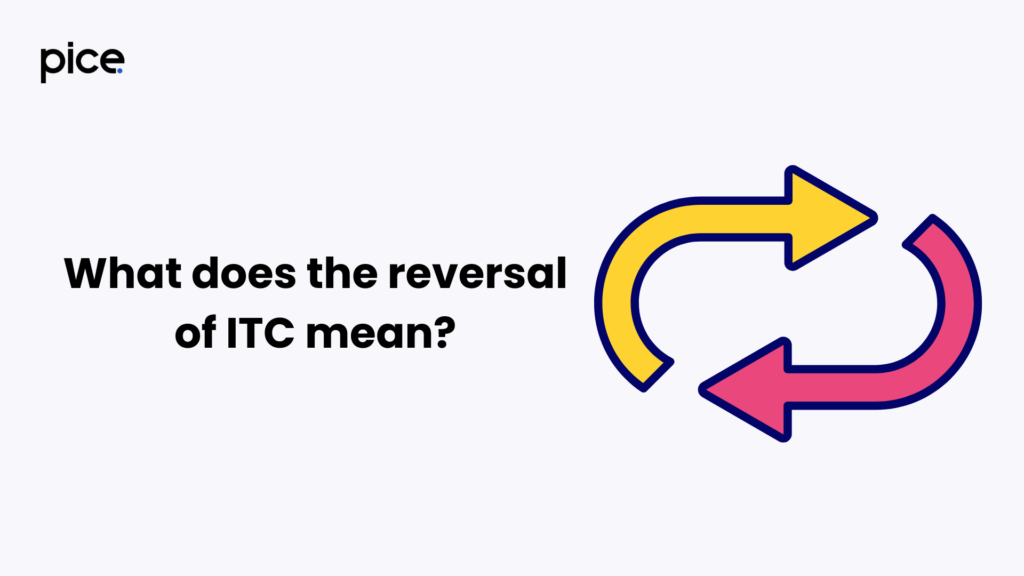
The reversal of ITC refers to the process where businesses must return the credit availed earlier under certain conditions. This can happen when the inputs or input services are not utilized for taxable supplies, payment for supplies is not made within the stipulated time, or credit notes are issued.This can result in an increase in the output tax liability.
Here are some situations and terms associated with ITC reversal . Understanding the rules and scenarios requiring ITC reversal is vital for GST compliance.
- Non-Business Purposes: If ITC has been claimed on goods or services that are used for non-business purposes, the credit must be reversed.
- Common Credits: When ITC is claimed for inputs used for both taxable and exempt supplies, it needs to be reversed proportionately for the exempt supplies.
- Ineligible Credits: If ITC has been claimed on goods or services that are ineligible (e.g., motor vehicles for personal use, goods and services for personal consumption), it must be reversed.
- Zero-Rated Supplies: ITC is allowed on zero-rated supplies (exports and supplies to SEZs), but if the conditions for zero-rating are not met, ITC may need to be reversed.
- Pro-Rata Basis: ITC may need to be reversed on a pro-rata basis if the inputs are used for both taxable and exempt supplies. The proportion of exempt supplies must be calculated and reversed accordingly.
- E-Way Bill: Non-compliance with e-way bill provisions can lead to the reversal of ITC.
- Reverse Charge: ITC claimed on reverse charge mechanism (RCM) transactions must be reversed if the tax is not paid by the recipient.
- Input Tax Credit Reversal: This general term encompasses all situations where ITC needs to be reversed due to ineligibility or non-compliance with GST provisions.
- Transitional Credits: Credits carried forward from the previous tax regime to the GST regime must be reversed if they do not comply with the transitional provisions.
Output Tax Liability
The reversal of ITC increases the output tax liability because the taxpayer must pay back the credit that was initially claimed. This means that the amount of ITC reversed is added to the total output tax liability, leading to higher tax payable.
Calculation of ITC under various rules
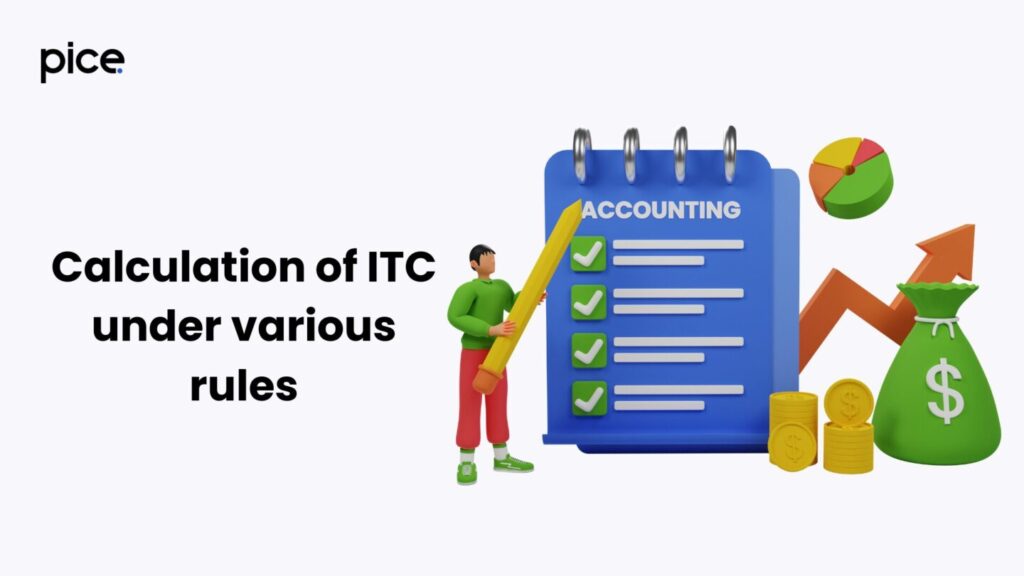
Rule 37(2) – 180 Days Non Payment
Under Rule 37(2), if a recipient of goods or services does not pay the supplier within 180 days from the date of the invoice, they are required to reverse the ITC claimed on such supplies. The calculation involves identifying the unpaid amount and reversing the corresponding ITC, along with applicable interest.
For instance, if a purchase invoice remains unpaid beyond 180 days, the ITC claim must be reversed and reflected in the electronic credit ledger, increasing the output tax liability. This ensures accurate compliance with GST regulations and maintains the correct credit balances in the financial records.
Rule 39(1) – Credit Note Issued to ISD
When a credit note is issued to an Input Service Distributor (ISD), the ISD must reverse the distributed ITC. The calculation is based on the proportionate ITC related to the credit note, ensuring that the distributed credit reflects the adjusted amount.
This is critical for maintaining correct credit balances and ensuring that the ITC attributable to the credit note is accurately accounted for. This reversal must be reported in the relevant section of the GST return to maintain compliance with GST rules and regulations.
Rule 42(1) – ITC on Input Supplies Partially Used for Business and Partially for Personal Use or Exempt Supplies
Rule 42(1) mandates the reversal of ITC on inputs and input services that are used partially for business purposes and partially for personal use or exempt supplies. The calculation involves apportioning the ITC based on the ratio of taxable and exempt supplies or personal use.
For example, if an input is used 60% for business and 40% for personal use, 40% of the ITC must be reversed. This is calculated on a pro-rata basis to ensure accurate reporting and compliance with GST provisions. The reversal should be documented in the GST returns, reflecting the correct credit attributable to business purposes only.
Rule 43(1) – ITC on Capital Goods Partially Used for Business and Partially for Exempt Supplies or Personal Use
Similarly, Rule 43(1) deals with the reversal of ITC on capital goods used for both business and personal purposes or exempt supplies. The calculation considers the residual life of the capital goods and the proportionate use for taxable supplies.
For instance, if a capital good has a useful life of 5 years and is used 70% for business and 30% for personal use, 30% of the ITC must be reversed annually. This ensures that the ITC claimed is proportionate to the actual use of the capital goods in business activities. The correct reversal of ITC on capital goods must be reported in the GST returns to ensure compliance and accurate credit reporting.
Reporting of ITC reversal in GSTR-9
The GSTR-9 annual return includes specific tables and fields to report ITC reversals. Accurate reporting ensures compliance and helps avoid discrepancies during audits. Businesses must detail the reversed ITC under the relevant sections, reflecting the adjustments made throughout the financial year.
- ITC Reversal: Proper reporting of ITC reversal is crucial in GSTR-9, the annual GST return filing. ITC reversals can occur due to various reasons like mismatched invoices, non-payment to vendors, or proportionate basis reversals.
- Normal Supplies and Outward Supplies: ITC claimed on normal supplies or outward supplies needs to be verified for accuracy. Any discrepancies should be reported and reversed in GSTR-9.
- Proportionate Basis: If ITC is claimed on a proportionate basis (e.g., common credit C2 for both business and non-business purposes), ensure accurate reporting and reversal as required.
- Time Period: Ensure the correct time period is considered for reporting ITC reversal. Errors in time periods can lead to incorrect ITC reversals.
- Business Compliances: Adherence to business compliances, including direct tax compliance and secretarial compliance, is necessary for accurate ITC reporting.
- Stock in Trade: ITC on stock in trade must be meticulously tracked and reversed if not eligible.
- Credit Liable: ITC reversal includes credit liability on various grounds, such as capital goods credit, common credit, or credits on inputs.
- Reversal in Table 7A: Specific details of ITC reversals should be reported in Table 7A of GSTR-9.
- Payment of Consideration: Ensure that consideration is paid to vendors within the stipulated time to avoid ITC reversals.
- Matching of Credit Balances: Regular reconciliation and matching of credit balances with GSTR-2A and GSTR-3B returns are essential.
- TRAN-II Credit: Comply with GST provisions by reporting and reversing TRAN-II Credit.
- Unutilized Credit: Unutilized credits should be carefully reviewed and reported accurately in the return.
- Regular Returns and Accurate Return Filing: Accurate and timely filing of regular returns, including GSTR-3B and ITC returns, ensures compliance and minimizes errors in annual returns.
- Exempt or Non-Business Supply: ITC claims on exempt or non-business supplies should be reversed appropriately.
- Electronic Credit Reversal: Use an electronic credit ledger for tracking and reversing ineligible ITC effectively.
- Excess Credit: Any excess credit claimed must be reversed and reported accurately.
- Belated Return: In cases of belated returns, ensure correct reporting of ITC reversal to avoid penalties.
- Manufacturing Supplies: ITC on manufacturing supplies needs to be tracked and reversed if found ineligible.
- Recipient of Supply Utilizes: Verify if the recipient of supply utilizes the ITC claimed to ensure compliance.
- Periodic Basis: ITC claimed and reversed on a periodic basis should be reported accurately.
Conclusion
Understanding and adhering to the rules for ITC reversal is essential for accurate GST reporting and compliance. By following the outlined procedures and ensuring correct calculations, businesses can avoid penalties and maintain proper tax records.
The GSTR-9 annual return serves as a comprehensive document to report these reversals, reinforcing the importance of meticulous GST management.
💡Facing delays in GST payment? Get started with PICE today and streamline your GST payments. Click here to sign up and take the first step towards hassle-free GST management.







